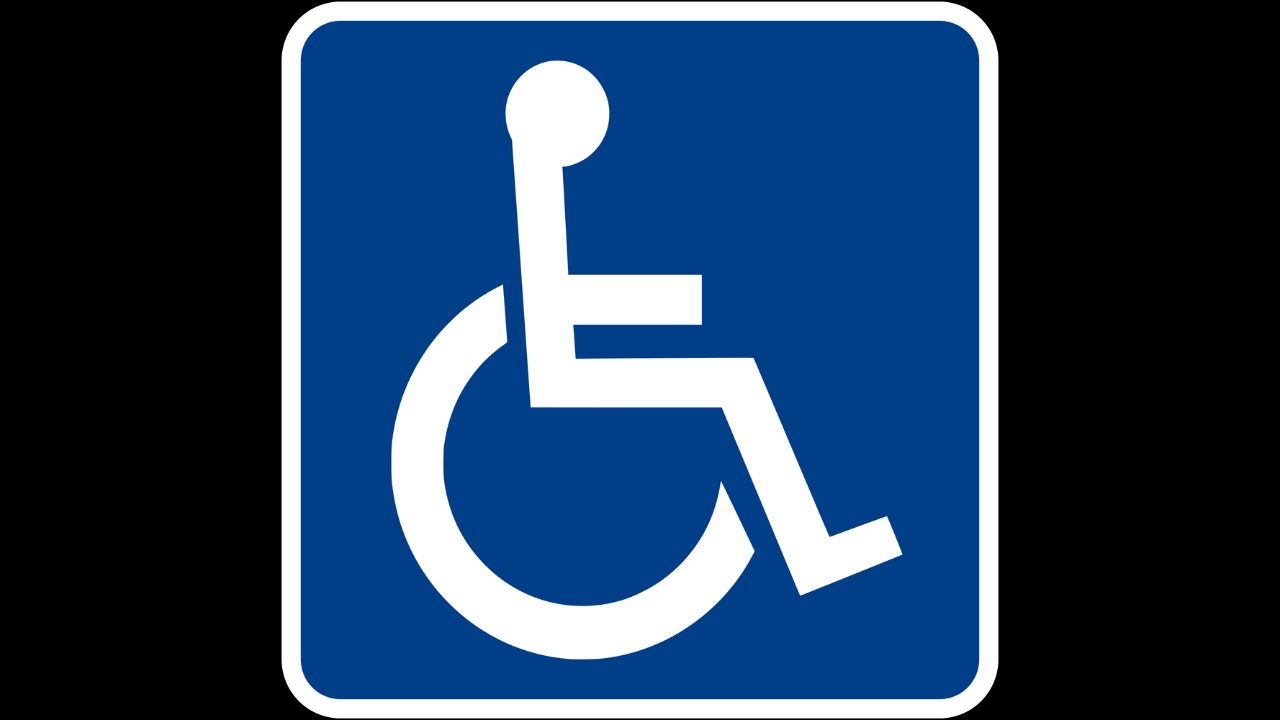The government unveils guidelines for enhanced disability access to vocational education
The rules, which were released at the International Purple Fest-Goa 2024, are meant to fill in holes in the ecosystem and make it more open to everyone.

The government unveils guidelines for enhanced disability access to vocational education: On Thursday, the Center put out instructions for vocational education and training. The goal is to make the ecosystem easier for people with disabilities to reach.
The rules, which were released at the International Purple Fest-Goa 2024, are meant to fill in holes in the ecosystem and make it more open to everyone.
The Department of Disabilities made the paper, which lists the roles and duties of different people in the VET environment.
The rules are mostly about making sure that all trainees can get technical education, even if they have a disability that makes it hard for them to do some things.
The government unveils guidelines for enhanced disability access to vocational education
This includes setting basic requirements for training centers, testing agencies, awarding bodies, and other parts of the VET ecosystem.
The main objective is to create a framework that gets around the problems that come with disabilities, so that trainees can get a good education and improve their chances of getting a job, as stated in the rules.
The guidelines’ goal is to set minimum standards for training delivery in VET, make PwD students aware of the standards they are entitled to, make learning easier by using accessible materials, methods, and assistive devices, and make sure that PwDs are more productive and able to find work.
One important thing that the standards talk about is how easy it is to get to training sites.
The rules suggest building features like ramps, accessible bathrooms, lifts, and assistive technology as ways to get rid of hurdles.
The rules also stress how important it is to think about the needs of disabled people when planning building projects in the first place.
The rules also include a thorough table of the infrastructure requirements for assessment and training centers.
Some of the things that these criteria look at are entry doors with ramps, windows, lifts, bathrooms, drinking water facilities, signs, guiding/warning floor materials, accessible routes or paths, parking, front desks, stairs, and portable ramps.
In addition, the rules give information on how to provide assistive services and tools for people with disabilities. They stress how important it is to choose support devices based on job duties and individual needs, as well as making changes to the tools and machines that PwD students use.
Check Out: Battling the Blaze of Forest Fires in J&K
The rules go into detail about how to train people with intellectual disabilities, learning disabilities, multiple sclerosis, hearing impairments, and vision impairments.
To make a learning setting that is open to everyone, pedagogical approaches and program design issues are also brought up.
The rules stress that qualifications should be in line with the National Skills Qualification Framework (NSQF). This is to make sure that courses meet the needs of the business and training for people with disabilities.
Awarding bodies, which are called “key entities” in the rules, are given the job of making and accepting NSQF-aligned qualifications while putting the needs of PwD students first.
Awarding bodies play a bigger part than just making sure that qualifications follow the rules.
In order to meet standards, they are responsible for creating learning materials that are accessible to people with disabilities, keeping an eye on and judging how well the guidelines are being followed, and speaking out about how important it is to teach people with disabilities new skills.
The guidelines also said that awarding groups should make sure that training centers have accessible facilities and that at least 5% of people who are recommended for skill training are disabled. This would help create an inclusive society.
The guidelines say that assessment agencies must make sure that PwD trainees are in a good setting during assessments. They can do this by using tactics like easily available places, a variety of assessment methods, and hiring expert PwD assessors.
Training centers should know about the different kinds of disabilities, make their staff aware of them, and use methods that encourage everyone to feel welcome.
The rules also cover governing bodies, business involvement, and working together with national and state government bodies.
As the governing body, the National Council of Vocational Education and Training will constantly review courses, keep an eye on how awarding bodies work, and help teachers and judges for people with disabilities improve their skills.
Check Out: Imperial Tobacco Company Limited (ITC): History, Company Profile & News Updates
